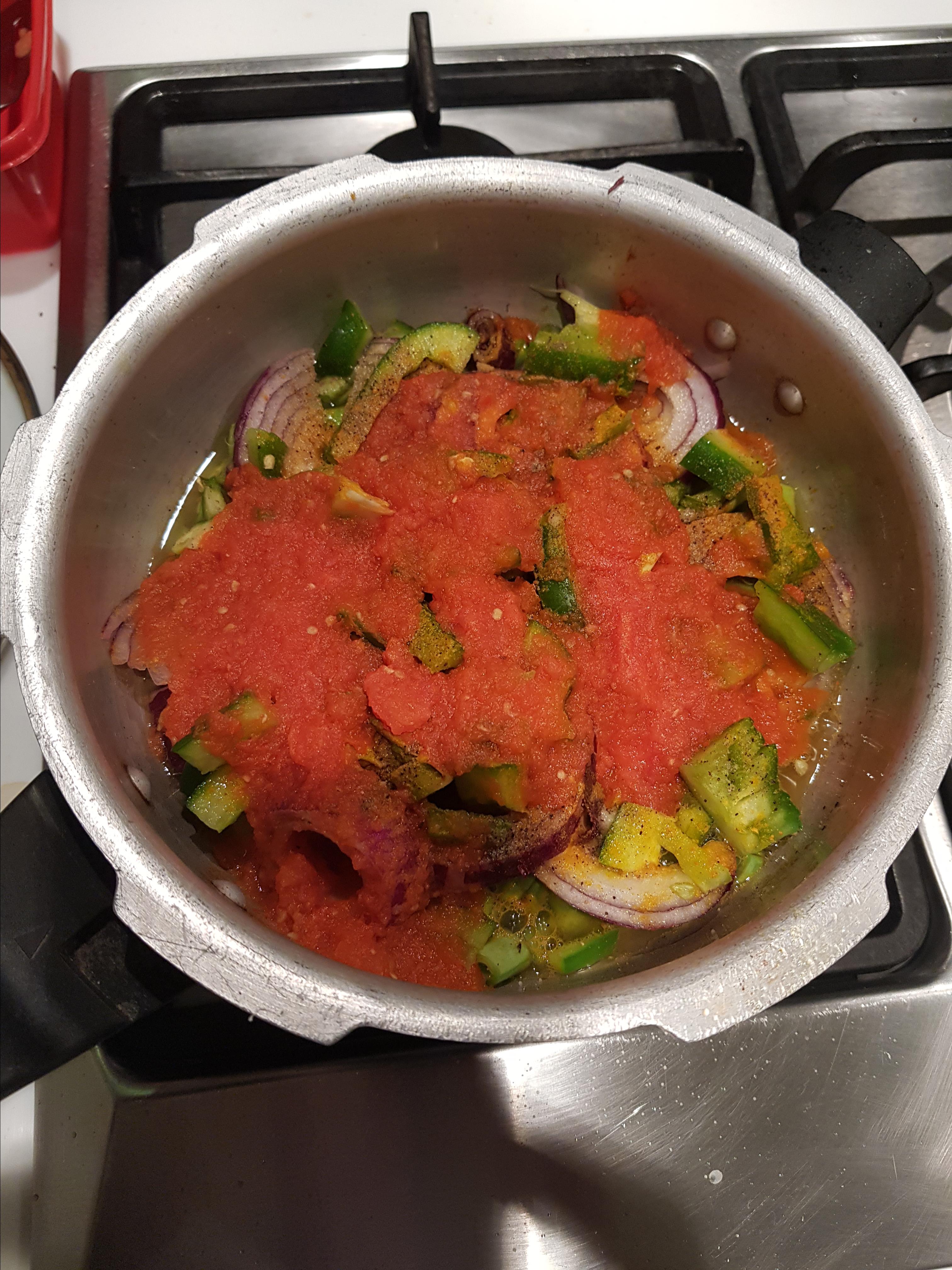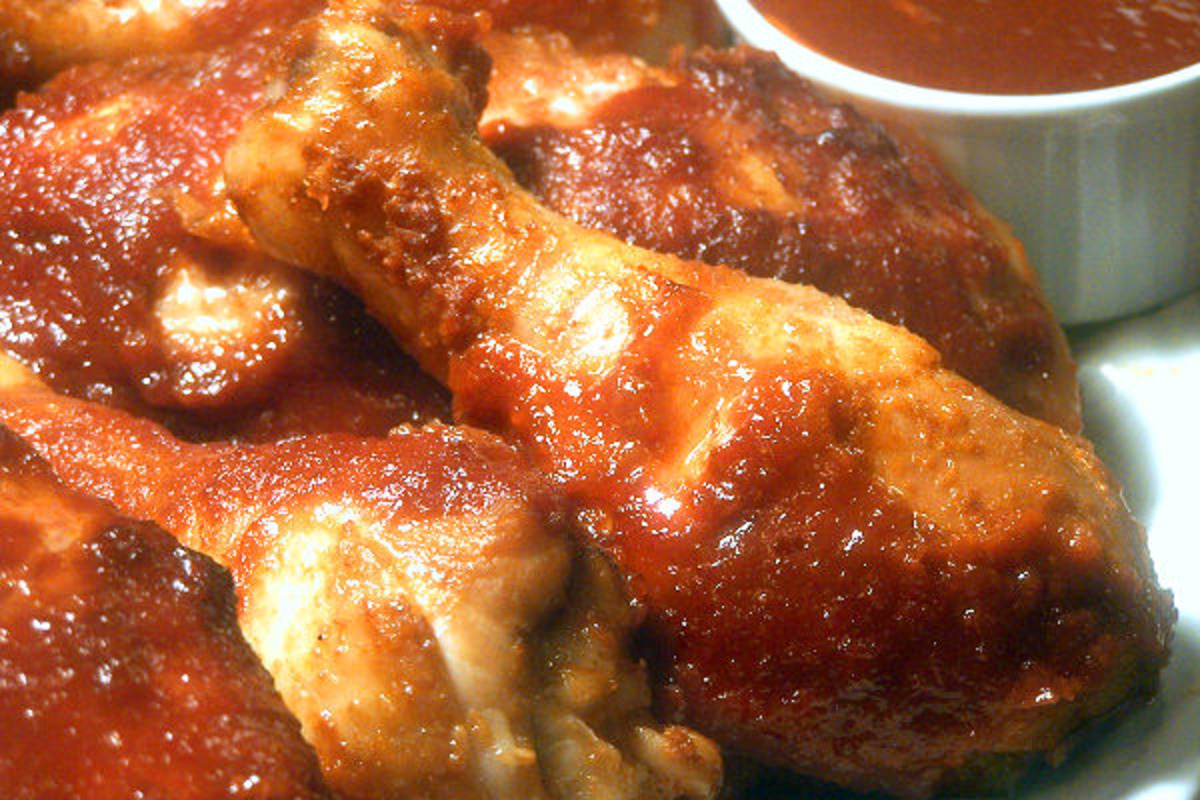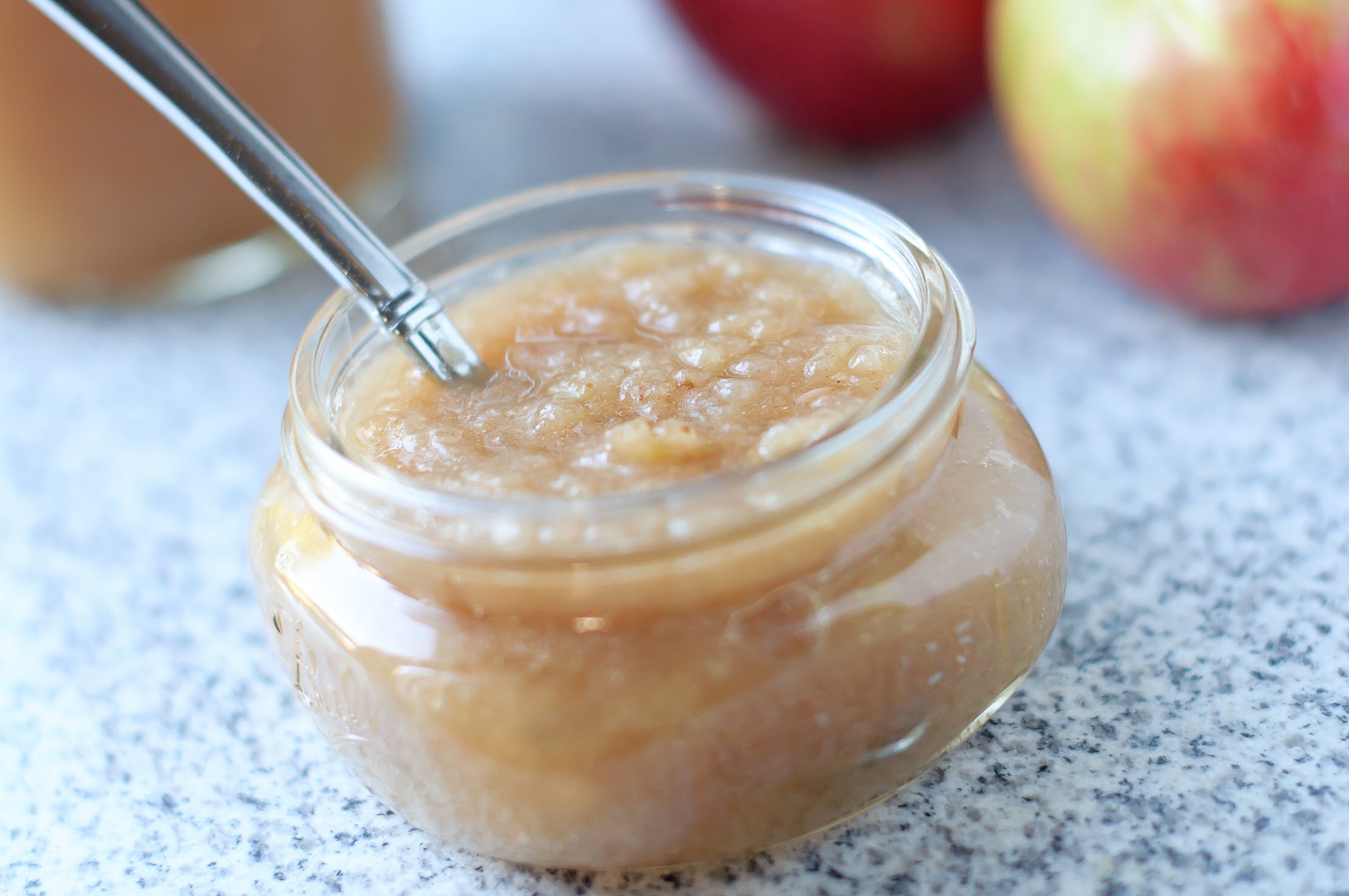**Traditional Cottage Loaf: A Taste of Old-Fashioned Rustic English Bread**
In the heart of England's culinary traditions, the Cottage Loaf stands as a testament to the enduring charm of rustic baking. This iconic bread, boasting a golden-brown crust and a soft, pillowy interior, has been a staple on British tables for centuries. As you embark on this culinary journey, you'll discover not just one, but a collection of Cottage Loaf recipes, each with its unique character and flavor profile. From the classic Plain Cottage Loaf, a timeless delight, to the indulgent Cheese and Chive Cottage Loaf, a savory treat, and the wholesome Whole Wheat Cottage Loaf, a nutritious choice, this article offers a comprehensive guide to mastering this quintessential English bread. Whether you're a seasoned baker or just starting your bread-making adventure, these recipes will guide you through the process, ensuring a perfect Cottage Loaf every time.
PAUL HOLLYWOOD'S CLASSIC COTTAGE LOAF

This is a classic British crusty loaf. It's easy to make and suitable for everything from dunking in bowls of hearty soup to serving up with cheese and pickles in a homemade Ploughman's.
Categories Bread
Yield Serves 1 loaf
Number Of Ingredients 5
Steps:
- Tip the flour into a large bowl and add the yeast to one side and the salt to the other. Add the lard and pour in about 225-250ml of water. Mix using one hand, then add a further 75-100ml of water (you may not need it all, or you may need a little more), a little at a time, until all the flour is incorporated and the dough is soft but not soggy.
- Tip the dough onto a lightly floured work surface and knead for 5-10 minutes, until it is smooth and silky.
- Place the dough in a lightly oiled bowl, cover with a clean tea towel and leave to rise until doubled in size. This will take at least 1 hour and can take 2-3 hours, or longer, depending on the room temperature.
- Tip the dough onto a lightly floured surface and fold it inwards repeatedly to knock out the air and ensure that it rises upwards, rather than outwards. This is especially important in a freestanding loaf without a tin to support it.
- Tear off one third of the dough and set aside. Shape the larger piece into a ball by first flattening the dough into a rough rectangle, then rolling it into a thick oblong. Turn the dough so that the longer edge is running away from you and flatten it slightly. Now fold in the two ends to the centre and press them down, so you end up with a chunky, squarish shape. Turn the dough over, so that the join is underneath.
- With your palms turned upwards, put your hands on each side, slightly under the dough. Move the cob around, tucking the dough neatly under itself as it turns. You are gently forcing the sides of the dough down and underneath, to create a smooth, taut top and a rough underside. Avoid using too much extra flour during shaping. Place the ball of dough on the prepared baking tray.
- Repeat the rolling and shaping for the smaller piece of dough, then place the smaller ball on top of the larger ball. Flatten the top slightly, then dust your middle finger and forefinger with flour and push them through the centre of the loaf all the way to the bottom. Use a sharp knife to make 8 slashes in the surface of both the top and larger lower part of the loaf.
- Place the tray inside a large, clean plastic bag and leave to prove for 1 hour, or until well risen, and springy when prodded. Meanwhile, heat the oven to 230°C/210°C fan/450°F/Gas 8 and put a roasting tray in the bottom of the oven to heat up.
- Remove the risen loaf from the bag and dust with flour. Fill the roasting tray with cold water to create steam and put the bread in the oven. Bake for 15 minutes, then lower the oven to 190°C/170°C fan/375°F/Gas 5 and bake for a further 20-25 minutes, until crusty, golden brown and the base sounds hollow when tapped. (If not, put it back into the oven for another 5 minutes.)
- Transfer the baked loaf to a wire rack to cool.
CLASSIC ENGLISH COTTAGE LOAF

A delicious versatile, crusty bread that is delicious with soups, sandwiches and on its own. Short hands-on time and relatively easy to make. A wonderful addition to your baking repertoire! Paul Hollywood's Recipe.
Provided by Jessica Lai Perez
Categories Bread
Time 3h
Number Of Ingredients 6
Steps:
- If using a stand mixer, pour flour, yeast and salt into a mixer bowl. Add the butter (or lard, shortening) and pour in about 1 cup (225-250ml) of water. Stir, then add a further ¼-½ cup (75-100ml of water) a little at a time, until all the flour is incorporated and the dough is soft but not soggy. Mix on low-medium for 5-6 minutes, until it is smooth and silky.
- If kneading by hand, pour flour into a large bowl, add the yeast to one side and salt to the other. Add the softened butter and pour in about 1 cup (225-250ml) of water. Mix using one hand, then add a further ¼-½ cup (75-100ml of water) a little at a time, until all the flour is incorporated and the dough is soft but not soggy. Tip the dough onto a lightly floured work surface and knead for 5-10 minutes, until it is smooth and silky.
- Next, place the dough in a lightly oiled bowl, cover and leave to rise for about 1 hour, or until it has doubled in size.
- When ready, tip the dough onto a lightly floured work surface. Fold dough inwards repeatedly to knock out the air and ensure that it rises upwards, rather than outwards.
- Tear off one third of the dough and set aside. Take the larger piece and shape into a ball. Flatten the dough into a rough rectangle, then roll it out. Fold the top down and the bottom up until you have a thick belt. Then fold the two ends to the centre and press them down and you will have a chunky block. Turn the dough over. Cup both hands around the dough and move the dough around the work surface in a circular motion for a few times. This will tuck the dough under itself and create a taut surface. Repeat until the surface is smooth and taut.
- Place the shaped large ball of dough on the prepared lined pan. Repeat the rolling and shaping for the smaller piece of dough. When done, place the smaller ball on top of the larger ball, like a dough snowman.
- To join the 2 balls, dust your index and middle fingers with flour. Push them through the centre of the loaf all the way to the bottom, until you touch the pan. Do this twice to make sure the top and bottom balls are firmly joined together.Next, use a sharp knife to cut 8 slashes on both the top and lower part of the loaf.
- Then, carefully cover with plastic cling wrap (or large plastic proof bag) and let it rest for about an hour. Preheat oven to 415°F (230°C) and put an oven proof tray (I used my handy Le Creuset cast iron pan) at the bottom of oven.
- When ready, remove wrap and lightly dust with flour. Place the pan into the oven. Fill the prepared heated tray with water to create steam and quickly shut the oven door. Bake for 15 minutes, then lower the oven to 375°F (190°C) and bake for another 20 minutes, or until the surface is golden brown. Gently tap the bottom of bread - it should sound hollow. If not, let it bake for another 3-5 minutes.
- Remove from oven and transfer to cooling rack. Your cottage loaf is ready!
TRADITIONAL COTTAGE LOAF - OLD FASHIONED RUSTIC ENGLISH BREAD

Just the shape of this traditional loaf of bread is reminiscent of ploughman's lunches and warm cottage kitchens! A delightfully shaped loaf of bread, which represents all that is rustic and rural in Britain, but especially England. This bread keeps well and makes lovely, if odd shaped sandwiches! Cut the loaf into wedges and serve with freshly churned butter and a hunk of mature Cheddar cheese, maybe with a pickled onion or two. Quintessential British bread at its best. This reminds me of baking days in my grandmothers' old cottage, sitting in her warm and cosy kitchen; she would have baked this in her wood burning Aga stove, as I sometimes do in the winter when my Godin wood burning stove is working. I often leave the first batch of dough to prove and rise overnight - leave it in a cool but NOT cold place, and then continue shaping and proving it next morning. We used to call this wooden spoon bread when we were little, as you push a wooden spoon down through the two loaves to stick them together before baking! Preparation time includes the proving of the dough - but NOT the overnight method!
Provided by French Tart
Categories Yeast Breads
Time 2h15m
Yield 1 Large Cottage Loaf, 6-8 serving(s)
Number Of Ingredients 7
Steps:
- Sift flour and salt into a bowl, stir in sugar and yeast. Make a well in the centre, stir in the tepid milk and water to make the dough. (If using fresh yeast - put the yeast in a jug with a little of the milk and water mixture, and allow it to dissolve and become frothy - mixing thoroughly, then add it to the flour.).
- Tip the dough onto a lightly floured surface and knead for 10 to 15 minutes until smooth and elastic.
- Put the dough in a large, clean, oiled bowl. Cover with oiled clingfilm and leave in a warm place until it has doubled in size.Then knead the dough for 1 minute and divide it into two-thirds and a third. Shape the pieces into rounds. Cover them and leave for 5 minutes.
- Put the smaller round on top of the larger one. Push a floured wooden spoon (or your fingers) through the centre of both rounds, to join them together. Take a very sharp knife and make cuts all around the top round and the bottom round - see my photos. Put the cottage loaf on a lightly floured baking tray, cover and leave for about 45 minutes, or until it has doubled in size. Meanwhile preheat the oven to 220C/440F/Gas 7.
- Beat the egg with a tablespoon of water and a pinch of salt. Brush the glaze over the cottage loaf and bake for about 35 to 45 minutes, until dark golden brown and hollow sounding when tapped beneath.
- Cool before slicing. Delicious served with butter, jam, cheese, cold meats or make sandwiches or toast for picnics and breakfast!
Nutrition Facts : Calories 356.1, Fat 3.6, SaturatedFat 1.6, Cholesterol 42.6, Sodium 815.1, Carbohydrate 67.3, Fiber 2.5, Sugar 1, Protein 11.9
OUR DAILY BREAD IN A CROCK - WEEKLY MAKE AND BAKE RUSTIC BREAD
Make up a large batch of rustic artisanal bread dough, store it and then bake a loaf each day you need fresh bread, amazing but true! This is a hodge podge of old fashioned English and French rustic bread recipes; the bread dough is made up ahead of time and stored (in the old days) in an earthenware crock or bowl, with a lid. You tear a piece of the dough off as and when you want to bake a loaf of bread. Easy! I use this style of bread dough regularly in the B and B, so I can always have fresh bread or bread rolls on hand for breakfast. You can add other types of flour to the basic white batch, as long as the ratio remains the same - you can mix rye or wholewheat flour with the white, or add herbs, onions, seeds, fruit and other flavourings. The dough can be used as soon as the initial proving has finished, but it will keep in a cool place or a fridge for a week or two - I do not recommend longer than 2 weeks however. The dough can be used for free form bread loaves, in bread tins, as rolls or other shapes. I have kept this technique and recipe to myself for a while, but I have decided to share it on Zaar now, mainly as my daughter keeps asking for the basic dough recipe! I notice that this type of long-term or long-life bread dough has made a revival in a new book called "Artisan Bread in Five Minutes a Day"; this recipe however, is a very old technique and method, dough was always made up for the week and then kept in the cold room or pantry for daily baking. My grandmother who lived in a 600 year old cottage in Northern England, used to have a stone slab in the Pantry where she kept her crock and dough, I remember sticking my finger in it!! This amount makes about 4 to 5 loaves of bread, depending on the weight and shape of the bread that you bake.
Provided by French Tart
Categories Sourdough Breads
Time P14DT30m
Yield 4-5 Loaves of Bread
Number Of Ingredients 4
Steps:
- Pour the warm water into a large mixing bowl - the water should be tepid or hand warm - NOT too hot, as it will kill the yeast.
- Add the yeast to the water and then the salt, mix well.
- Add ALL the flour and mix thoroughly with a wooden spoon or a dough hook until all the ingredients are amalgamated - NO need to over knead.
- Leave the bread dough in the mixing bowl and cover loosely - I use a shower cap to cover my dough! (That is NOT used as a shower cap anymore, I hasten to add!).
- Allow to prove for 2 hours, or until doubled in size.
- The dough can now be stored in the fridge or you can use the dough to make a loaf of bread immediately.
- If baking a loaf of bread now, pre-heat the oven and place a baking sheet or pizza tray in there. Tear off a large ball, about the size of a small melon, and knead it for about 1 minute with floured hands and on a floured board, Shape it as desired (Rolls, Boule, Baguette or Bannette) or place it in a greased and floured loaf tin. Allow to prove and rise for a further 20 to 30 minutes. Slash the surface with a sharp serrated knife if you wish, see photos. You can add a glaze or special finish at this point.
- Bake at 225C/450F for 30 minutes or until well risen, brown and the loaf sounds hollow when it is tapped on the underside. (If you wish, you can add a bowl of boiling water as soon as you put the bread into the oven - this steams and bakes the loaf to give a good chewy texture and keeps the inside moist.).
- Remove the bread when baked and cool on a cooling rack. Serve warm with butter, cheese, jam, hams and cold cuts, or slice when cool for sandwiches. Also wonderful when toasted the next day.
- Store the excess dough in the mixing bowl, loosely covered, in the fridge or somewhere cool until needed - this will keep for 2 weeks, but I find it has all gone by 7 to 10 days! This amount of dough will make between 4 and 5 loaves of bread, depending on the shape and amount of dough you use.
Nutrition Facts : Calories 727.9, Fat 2.1, SaturatedFat 0.3, Sodium 1463.5, Carbohydrate 152.2, Fiber 5.8, Sugar 0.5, Protein 21.1
EASY COTTAGE BREAD
From my moms kitchen this is so good with fresh honey butter, or butter and fresh strawberry or peach jam.
Provided by malinda sargent
Categories Other Breads
Time 1h55m
Number Of Ingredients 6
Steps:
- 1. Put water and yeast into a large bowl and let dissolve.
- 2. Once they are dissolved stir in sugar, salt, and melted butter.
- 3. Add half of the flour beat until smooth, add remaining flour. It will be very sticky and thick.
- 4. Cover bowl ( oil the bowl first )and let rise for 30 minutes - beat down
- 5. Spoon into 2 greased break loaf pans, let ride covered with plastic or a wet towel.
- 6. Bake at 375 degreed for 35 minutes.
SIMPLE CRUSTY BREAD
We thought we'd landed upon the simplest yeast bread recipe in 2007, when Mark Bittman wrote about the no-knead approach of Jim Lahey, owner of Sullivan Street Bakery. It quickly became (and remains) one of our most popular recipes because it made bakery-quality bread a real possibility for home cooks. But then we heard about Jeff Hertzberg, a physician from Minneapolis, who devised a streamlined technique for a crusty loaf of bread. Mix flour, salt, yeast and water. Let it sit a bit, refrigerate it, take some out and let it rise, then bake it. The crusty, full-flavored loaf that results may be the world's easiest yeast bread.
Provided by Nick Fox
Categories breads, side dish
Time 3h45m
Yield 4 loaves
Number Of Ingredients 4
Steps:
- In a large bowl or plastic container, mix yeast and salt into 3 cups lukewarm water (about 100 degrees). Stir in flour, mixing until there are no dry patches. Dough will be quite loose. Cover, but not with an airtight lid. Let dough rise at room temperature 2 hours (or up to 5 hours).
- Bake at this point or refrigerate, covered, for as long as two weeks. When ready to bake, sprinkle a little flour on dough and cut off a grapefruit-size piece with serrated knife. Turn dough in hands to lightly stretch surface, creating a rounded top and a lumpy bottom. Put dough on pizza peel sprinkled with cornmeal; let rest 40 minutes. Repeat with remaining dough or refrigerate it.
- Place broiler pan on bottom of oven. Place baking stone on middle rack and turn oven to 450 degrees; heat stone at that temperature for 20 minutes.
- Dust dough with flour, slash top with serrated or very sharp knife three times. Slide onto stone. Pour one cup hot water into broiler pan and shut oven quickly to trap steam. Bake until well browned, about 30 minutes. Cool completely.
Tips:
- Use fresh, high-quality ingredients. This will make a big difference in the flavor and texture of your bread.
- Make sure your yeast is active. If you're not sure, proof it in warm water with a little bit of sugar before using it.
- Knead the dough properly. This will help to develop the gluten and give your bread a chewy texture.
- Let the dough rise in a warm place. This will help it to double in size.
- Bake the bread at a high temperature. This will give it a crispy crust and a fluffy interior.
- Let the bread cool completely before slicing it. This will help to prevent it from crumbling.
Conclusion:
Cottage loaf is a delicious and versatile bread that can be enjoyed in many different ways. It's perfect for sandwiches, toast, or simply sliced and served with butter and jam. Whether you're a beginner or an experienced baker, I encourage you to try this recipe. With a little bit of patience and care, you'll be able to create a beautiful and delicious cottage loaf that your family and friends will love.
Are you curently on diet or you just want to control your food's nutritions, ingredients? We will help you find recipes by cooking method, nutrition, ingredients...
Check it out »
You'll also love












